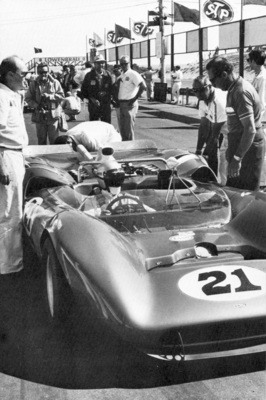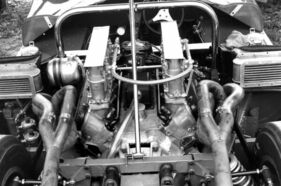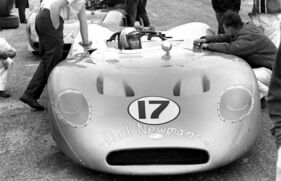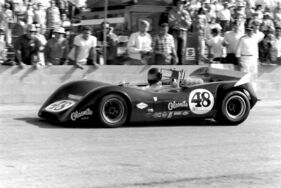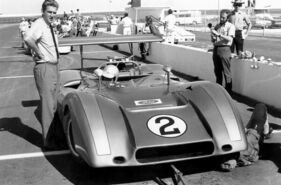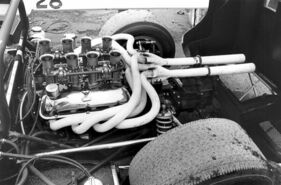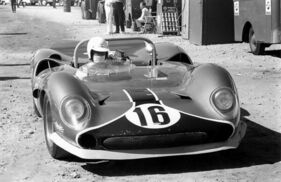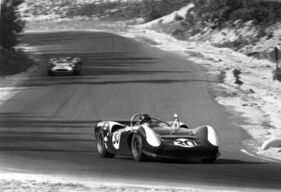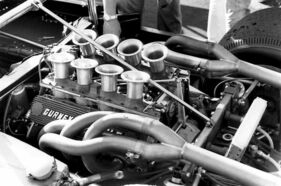Ford and the Can-Am - Scenes from a marriage
Summary
As much ambition as Ford invested in its Le Mans commitment, there was little interest in the new Can-Am series at the end of the sixties. Consequently, it was left to the private racing teams to develop a winning shell for the Ford engines. The result was four years of failure. This article tells the story of Can-Am racing cars with Ford engines, which was marked by setbacks, and shows a lot of historical footage.
This article contains the following chapters
- Promising start
- High failure rate
- Ford v Gurney
- The Paul with the bulbous nose
- The Cobra disaster
- From Le Mans to the Can-Am
- Engine experiments
- One last rally
Estimated reading time: 20min
Preview (beginning of the article)
The Ford Motor Company took its motto "Total Performance" very seriously. When Ford entered motor racing with great fanfare around the globe, it planned for worldwide success. With the 1963 models, Ford in the USA openly disregarded the 1957 agreement between US car manufacturers to no longer support racing at the factory. Now hot Ford-powered cars could be seen everywhere: Indycar, Nascar, drag racing, Le Mans and other endurance races, and soon in rallies and Grand Prix races. Ford let the world know that they were back on the race track - and proud of it. In the world of sports cars, Ford's ultimate goal was to win the 24 Hours of Le Mans. The project, which began in 1964, had not yet been achieved in 1966 when a new sports car competition was launched in North America. In the USA, the Sports Car Club of America (SCCA) and the Canadian Automobile Sport Clubs (CASC) joined forces to hold races for the "Canadian-American Challenge Cup" in their respective home territories.
Continue reading this article for free?
Photos of this article





















